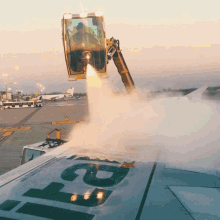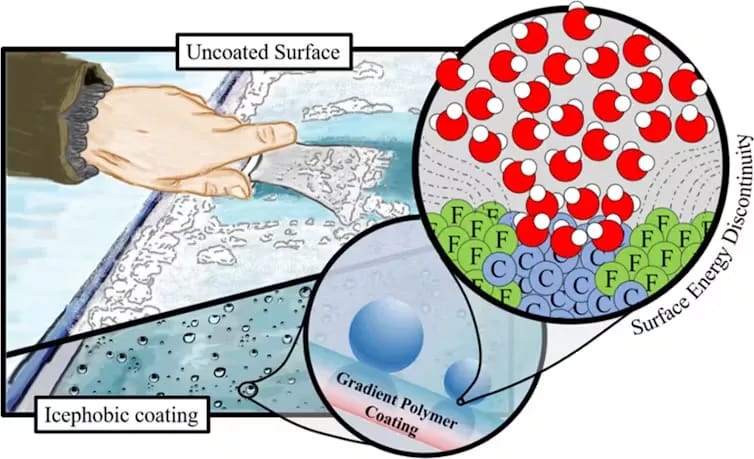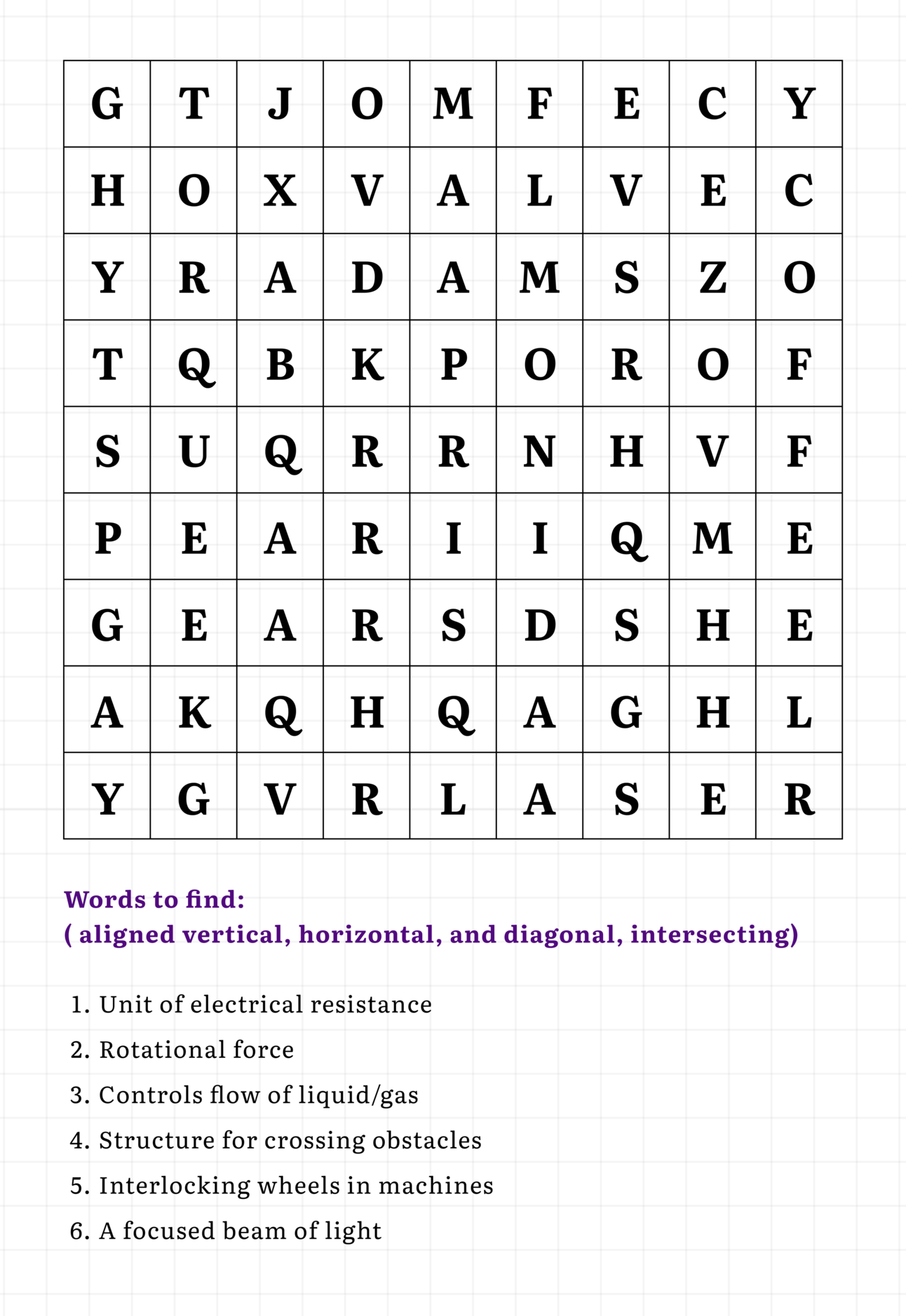are you done deicing?
I'm taking about your airplane

Happy Tuesday, folks!
Welcome to This Week in Engineering (formerly Engineer’s Espresso).

⦁ Free webinar alert: 5 things every AEC firm needs to know about digital transformation
⦁ What if quantum computers broke the world’s financial security overnight?
⦁ Apple will spend more than $500 billion in the U.S. over the next four years

You know that moment when you’re cozy in your airplane seat, dreaming of your vacation, and suddenly the pilot says:

Everyone just yells AHHHH COME ONNN
But for some reason, I get excited.
Let’s break down why this chilly ritual is so important - and the cool science behind it.
Ice + Wings = Bad News
Ice and snow on wings is a hazard.
Here’s why:
⦁ Lift gets wrecked. Ice changes how air flows over wings, reducing lift (the force that keeps planes airborne) by up to 30%.
⦁ Stall speed jumps. Pilots need extra speed to avoid stalling, which isn’t ideal during takeoff.
⦁ Ice missiles. Chunks of ice can fly off mid-flight, damaging engines or wing flaps.
The Sauce: Deicing Fluids
Airlines don’t use road salt (too corrosive!).
Instead, they rely on glycol-based cocktails - drinks for planes xD.
Here’s the mix:
⦁ Propylene glycol (less toxic) or ethylene glycol (cheaper but harsher).
⦁ Additives like thickeners, anti-corrosives, and even dye (to see where it’s sprayed).
These fluids lower water’s freezing point, making it harder for ice to stick.

The Two-Step Deicing Dance
Step 1: Melt the Ice
⦁ Type I Fluid (thin, orange/red, heated to ~150°F) blasts off existing ice. Holdover time? Short - like 20 minutes max. So crews work fast!
Step 2: Anti-Ice Armor
⦁ Type IV Fluid (thick, green, syrupy) coats the plane to prevent new ice. It’s sticky, so it clings until takeoff.
⦁ At high speeds, wind shear blows it off - no residue mid-flight.
(Fun fact: Smaller planes might use Type III fluid, which peels off easier at lower speeds.)

But Wait - What About the Planet?
Glycols aren’t perfect. They guzzle oxygen as they break down, starving fish and ecosystems. So airports:
⦁ Recycle used fluid (up to 90% is reused!).
⦁ Treat runoff to remove toxins.
⦁ Use designated deicing zones to contain spills.
Progress, but still a work in progress.
In-Flight Ice Fighters
Once airborne, planes have tricks to stay ice-free:
⦁ Bleed air systems: Hot air from engines pipes into wings, melting ice.
⦁ Heated panels: Electric coils on wings (like a heated blanket).
⦁ Rubber “boots”: Inflatable strips on small planes that pop ice off.
(Pro tip: These systems don’t work on the ground - hence the pre-takeoff deicing ritual.)
So Next Time You’re Delayed…
It’s a blend of chemistry, engineering, and environmental care - all to keep you soaring safely.
Delays stink, but hey, ice-free wings > on-time takeoff.
Stay curious, and happy (deiced) travels!

I'm a huge crossword geek, but making one from scratch is really hard 😕
So instead I made an engineering word search 🤩
Rules are below the puzzle!

Solve and replyyy and we will feature the first person to reply correctly with the answer!

- Senior Mechanical Engineer - Actalent
Got a mind that twists like a steel beam under pressure? Actalent wants your brutal genius. - Mechanical Engineer, Structures - New Graduate - Vast
Just graduated and ready to crush dreams—or build them from scratch? Vast is your proving ground. - Manufacturing Engineer - DSJ Global
"Turn raw metal into precision nightmares. DSJ Global needs a master of machinery and mayhem."
Want to list your job with us?
Hit reply and we’ll get it to over 15k engineers : )

If your company wants to reach top engineers around the globe, let’s collaborate!
Plus, our open rates are over 40%, and our CTR is around 7% (you do the math).